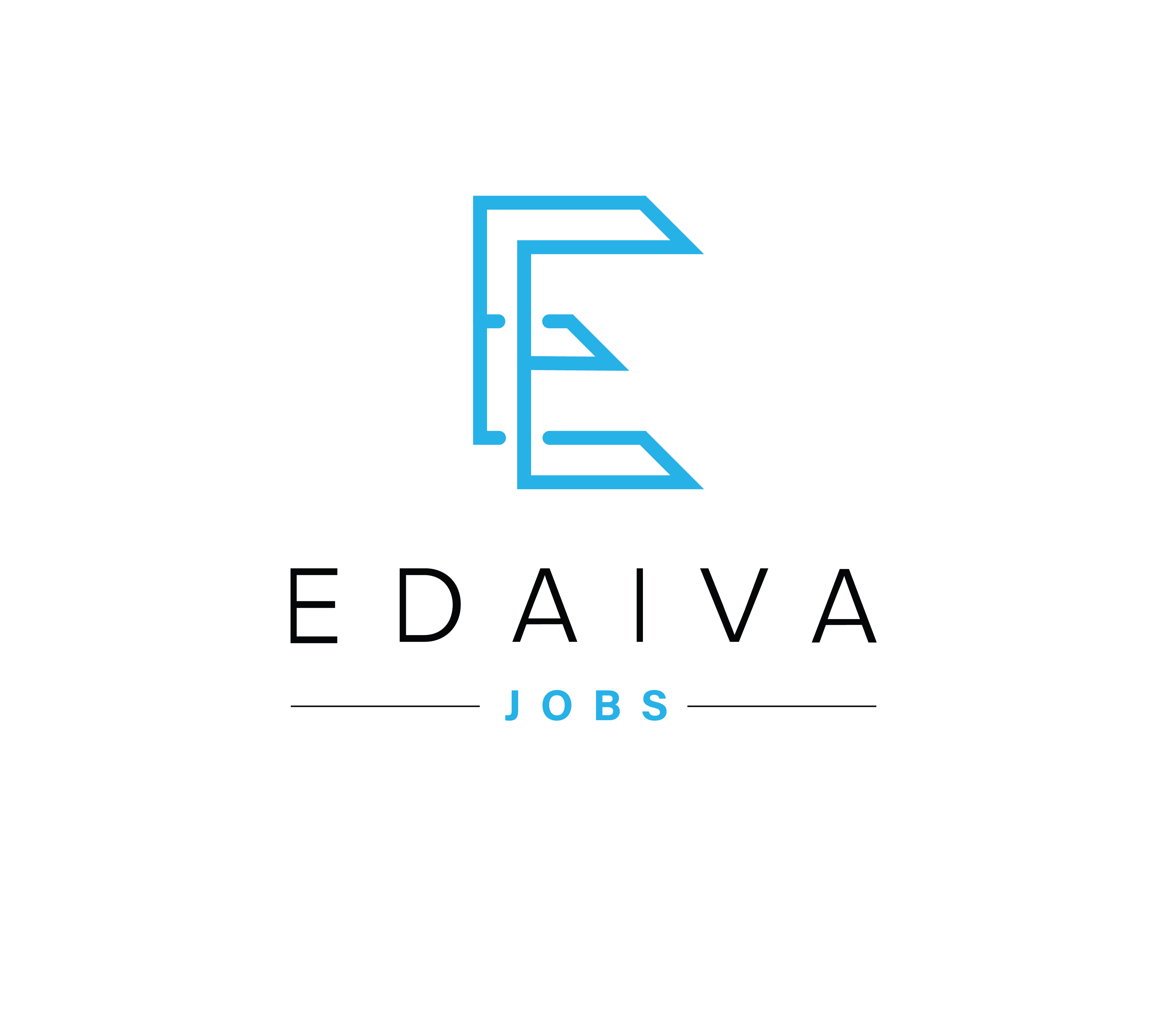BLOGS
Workplace Trends to Pay Attention to in 2023
By Team Edaiva
Last Updated : Jul 24, 2023

You must be aware of the different workplace trends and how companies today are making it a point to follow those upcoming trends. Well, you might ask, Why is it important for an employer to pay attention to workplace trends? Our answer to that and more questions like this is what this blog is all about. We have tried to explain to you why should you stay up to date with the current workplace trend and how as a company can you benefit from it the best part of this blog is, we are here to discuss with you 10 such amazing workplace trends that are going smart and on-demand in 2023. So, can we start? Let’s do it!
Why is it crucial to stay up to date with workplace trends?
To give you a great insight into why do you need to be updated with all the current workplace trends, we have a list of benefits for you below.
- Competitive Edge: Keeping up with workplace developments gives firms a competitive edge in today's globalized and cutthroat corporate environment. Businesses that adopt the most recent innovations and best practices can outperform their rivals, draw in more clients, and take a greater hold on the market.
- Enhanced Adaptability: New trends frequently appear in the business environment, which is always changing. Individuals and organizations can cultivate a proactive mindset and a willingness to adjust to changing circumstances by keeping up with workplace trends. For an organization to remain relevant and competitive in the market, adaptability is essential.
- Business Growth and Success: Organisations that adopt workplace trends are better positioned to grow and succeed. Whether it's embracing remote work opportunities, implementing sustainable practices, or adopting new communication platforms, staying up to date with trends enables organizations to stay competitive and relevant, eventually promoting their long-term success.
- Talent Attraction and Retention: The workforce of today enjoys chances for personal and professional development. Companies may create a welcoming environment that attracts top talent by embracing the newest workplace trends. Additionally, staff members are more inclined to stick with a company that supports their professional development and provides access to cutting-edge work environments. Related: https://jobs.edaiva.com/blogs/the-impact-of-remote-work-on-recruiting-and-retention
- Cost optimization: Trends in the workplace frequently feature technologies that boost efficiency and lower costs. Employers who follow these trends can streamline operations, cut down on waste, and make the most use of their resources, saving money over time.
10 Workplace Trends every Employer Should pay attention to in 2023
Now that you finally know what are the advantages of following the current workplace trends, let’s go through the 10 most important and current workplace trend that is doing the changes in the workplaces all across the world.
- Increased Focus on Diversity, Equality, and Inclusion: Employers will continue to put a lot of effort into promoting diversity, equality, and inclusion because they understand the transformative effects that may come from creating diverse workplaces in 2023 and beyond. Companies that foster an inclusive culture not only encourage innovation and creativity via a diversity of viewpoints but also attract and keep top talent that is looking for companies that value equality and give each employee a sense of belonging. Companies that embrace diversity and equity efforts may create workplaces where everyone can thrive and give their best contribution, as well as stronger teams and higher performance.
- The standardization of flexible and hybrid work models: The workplace is undergoing a tremendous transition as a result of the constantly changing environment. One noteworthy trend that has caught everyone's attention is the growth of flexible and hybrid work models, which have subtly established themselves as the new standard. Employers have realized the clear appeal and usefulness of accepting these flexible work options, just like us. Employers are aware that their workforce's diversified requirements and objectives no longer align with the conventional 9-to-5 model. They fervently support the idea of allowing their staff the opportunity to work remotely while also appreciating the priceless opportunities for in-person cooperation. It's about empowering their team with a flexible strategy, one that respects their uniqueness and obligations in their personal lives, allowing them to craft schedules and bring about a perfect balance between their personal and professional worlds.
- Focus on mental health, general well-being, and preventing burnout: Employers are realizing how crucial it is to put their workers' overall wellness first because they know that a happy and healthy workforce results in improved productivity and greater engagement. Employees may now more easily traverse both personal and professional issues thanks to initiatives promoting mental health awareness, access to counseling, and resources for managing stress and burnout. This change towards a more all-encompassing approach to employee health benefits both the individual and the workplace as a whole, creating the conditions for long-term success in the always-changing workplace.
- Continuous technical change and the use of new tools: The difficulty lies in keeping up with the most recent advancements given the quick speed of technological progress. To guarantee that our workforce maintains its competence and confidence in utilizing new tools successfully, it is our responsibility as employers to invest in upskilling and continuous learning programs. We equip our staff with learning opportunities and resources for professional growth so they can accept change and stay abreast of technology improvements. In addition, the incorporation of new tools must be adjusted to match our unique demands and coordinated with our corporate objectives. When we adopt new technologies, we should do it carefully to make sure that they improve our skills and advance our long-term success.
- AI and data analytics are influencing hiring and HR decisions: The hiring process has been streamlined by AI-driven applicant tracking systems and resumes screening technologies, which enable businesses to quickly find the best candidates from a vast application pool. Employers can better understand candidate profiles by utilizing data analytics, which increases the objectivity and fairness of the hiring process. AI-powered candidate assessments give businesses a comprehensive understanding of candidates' skills and capabilities, empowering them to make wise hiring decisions. These evaluations go beyond conventional metrics and offer insightful information about candidates' capacity for problem-solving and cultural fit, ensuring the right personnel is chosen to support organizational success.
- Priority for companies is environmental sustainability: Beyond only symbolic actions, environmental sustainability is crucial. Businesses are aggressively integrating sustainable practices into all aspects of their supply chains, operations, and product and service offerings. They work to have a good impact on the environment and contribute to a cleaner future by lowering carbon footprints, conserving resources, and minimizing waste. Incorporating sustainable initiatives improves a company's reputation and competitiveness in addition to being good for the environment. Adopting environmental sustainability attracts environmentally aware clients and partners who look to support companies that share their values. Additionally, it shows a dedication to social responsibility, cultivating goodwill among stakeholders and possible investors.
- Changes in the demand for skills and the necessity for lifelong learning: Since Employers today understand that learning is a lifelong process, they have developed comprehensive learning and development programs that take into account different learning preferences and styles. They provide their employees with a wealth of possibilities to satisfy their need for learning and development, ranging from internal workshops and mentoring programs to access to online courses and certifications. As employers accept the shifts in the skills that employers are looking for, we also appreciate the diversity of their workforce because it fosters innovation and broadens their understanding of the world. They aggressively encourage knowledge exchange and cross-functional cooperation, creating an atmosphere where learning may become a shared activity.
- Changes in corporate culture and expectations of employees: Employee priorities and expectations have seen a tremendous transition in 2023, which has had a significant impact on workplace culture. Traditional workplace cultures used to frequently concentrate a primary emphasis on revenue and production. Modern employees, however, have far higher expectations of their employers. Today's workers demand workplaces that put their health first, give them a feeling of purpose, and promote a strong sense of community and belonging. The growing focus on work-life balance and employee well-being is one of the most noticeable shifts in workplace culture. Employees prize flexibility and the capacity to strike a healthy balance between their personal and professional lives in today's fast-paced world.
- Advocacy in the workplace is on the rise and is causing societal change: Workplace activism has developed into a proactive and outspoken advocate for social justice and equality, going beyond the usual definitions of philanthropy and volunteering. To magnify their voices and affect change on a larger scale, employees are organizing initiatives, taking collective action, and connecting with other stakeholders. They understand that companies have a huge capacity to affect social change, both financially and by leveraging their networks, resources, and influence. Employers who accept and encourage workplace action produce a positive feedback loop.
- Remote and distributed teams are becoming more prevalent: The resilience and adaptability of an organization are also improved by embracing distributed and remote workers. Companies are better able to adapt to shifting market needs and unforeseen obstacles because of the flexibility of quickly assembling virtual teams. Additionally, since employees increasingly value flexibility and autonomy in their professional lives, remote work arrangements can be a crucial component in luring and keeping top talent. But managing distributed and remote teams also presents a unique set of difficulties. As physical distances widen and collaboration becomes more difficult, effective communication becomes increasingly more important. To promote productive teamwork, employers must make investments in digital tools and platforms that enable remote meetings, file sharing, and real-time communication.
Conclusion
Workplace trends do play an important role in many ways for your company and these were some of the best trends that are coming up in the upcoming years. Being an employer we think you should go about finding a way to incorporate these in your business. For all your upcoming ventures, here’s wishing you luck!
